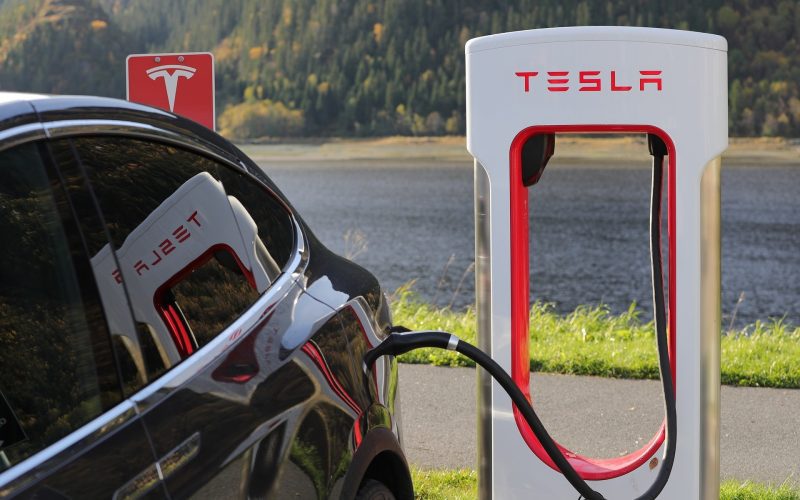Introduction to Tesla’s cost efficiency
As Tesla’s continue to grow in popularity, so does the public’s interest in understanding the company’s cost efficiency. In order to maintain a high level of production, Tesla must keep their costs low. Their cost-cutting strategies include vertically integrating their supply chain, automating their factories, and selling directly to consumers.
Vertical integration is key to Tesla’s success because it allows them to control all aspects of the manufacturing process. By owning their own factories, they are able to avoid the markups that come with using third-party suppliers. Additionally, they are able to keep a close eye on quality control and make sure that only the best parts are used in their vehicles.
Their factory automation is another important part of keeping costs down. By using robots and other advanced technologies, they are able to reduce the amount of labor needed to produce each car. This not only saves money, but it also allows them to produce cars more quickly and efficiently.
Finally, selling directly to consumers helps Tesla save money on marketing and distribution costs. They are able to reach potential customers online and through word-of-mouth, rather than spending money on advertising. This allows them to invest more in research and development, which is critical for bringing new products to market quickly.
What makes Tesla’s cars so expensive?
Tesla’s cars are expensive for a variety of reasons. First, the company uses high-quality materials and components in its vehicles. Second, Tesla employs cutting-edge manufacturing processes to produce its cars. Finally, Tesla conducts extensive research and development in order to continually improve its products.
The use of high-quality materials and components is one of the main reasons Tesla’s cars are so expensive. The company sources these materials from reliable suppliers and pays close attention to detail in their construction. This results in a finished product that is built to last and performs at a high level.
In addition to using premium materials, Tesla also employs cutting-edge manufacturing processes to produce its cars. The company makes use of state-of-the-art equipment and techniques in order to ensure that each car is assembled correctly and with precision. This commitment to quality control adds to the overall cost of Tesla’s vehicles.
Finally, Tesla conducts extensive research and development in order to continually improve its products. The company invests heavily in new technologies that can make its cars more efficient, safer, and more comfortable for drivers. These investments add to the cost of Tesla’s cars but help ensure that they remain at the forefront of the automotive industry.
What does Tesla’s cost efficiency mean for the future of electric cars?
As we continue to see a rise in electric cars, it’s important to understand the cost efficiencies that Tesla has been able to achieve. This is important for two reasons: 1) It shows that electric cars can be competitive with traditional gas cars on a cost basis and 2) It gives us a glimpse into the future of electric cars and how they might become even more affordable.
Tesla’s cost efficiency comes from a few different places. First, they have been able to achieve economies of scale by producing large quantities of their vehicles. Second, they use some unique manufacturing techniques that allow them to reduce waste and keep costs down. Finally, they are constantly innovating and finding new ways to improve their cars which also helps keep costs down.
So what does this all mean for the future of electric cars? Well, it means that we can expect electric cars to continue getting more affordable as time goes on. Additionally, it means that Tesla will likely remain a leader in the space due to their continued focus on cost efficiencies.
How will other car companies react to Tesla’s cost efficiency?
Other car companies are likely to react positively to Tesla’s cost efficiency. After all, electric cars are the future, and Tesla is leading the way in terms of making them affordable. Other companies will want to get on board with this technology in order to stay competitive, and they will likely look to Tesla for guidance. This could mean that we see a drastic increase in the number of electric cars on the market in the near future, which is good news for the environment and for consumers.
Conclusion
Tesla’s cost efficiencies have revolutionized the way that electric cars are made and sold. They have shown that it is possible to make an affordable, quality product while still maintaining a high level of environmental responsibility. This will undoubtedly shape the future of electric car production as other companies look to emulate Tesla’s success. With more affordable options available, it is likely that we will see a surge in the number of people switching over from gas-powered vehicles to electric cars in the years ahead.












